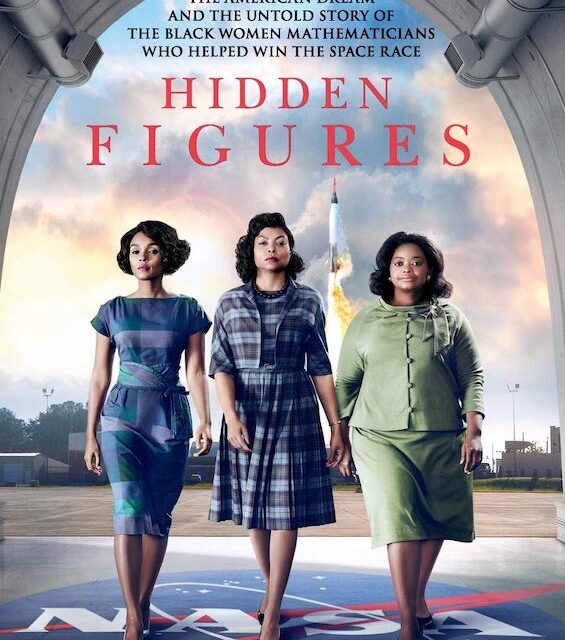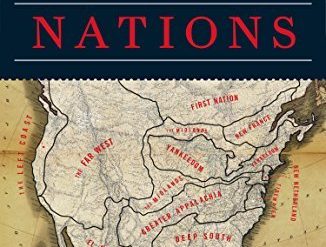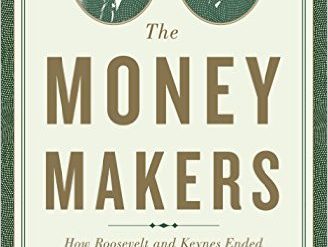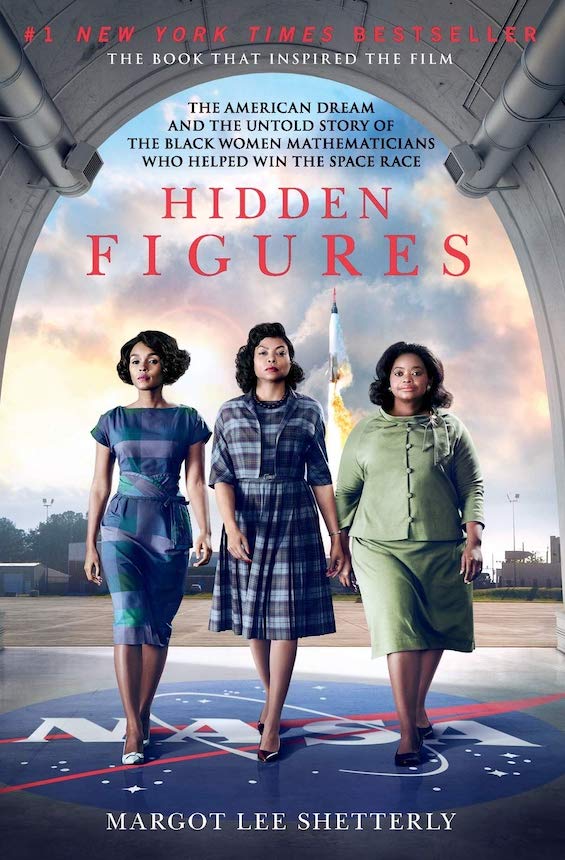
Before UNIVAC, before the IBM 650, computers were people. Nearly all of them were women, and many were Black. Employed by the thousand in the US war effort in World War II, they crunched the numbers and ran the equations to calculate the effects of wind on aircraft and the trajectory of artillery shells and torpedoes. But these women were not entry-level data entry staff, their fingers dancing over the keys of adding machines. They were academically qualified mathematicians. A single equation they worked with might take up “the better part of a page.” The solution to a problem in aeronautics could run to as many as ten pages. These were the Black women profiled so ably in Margot Lee Shetterly’s bestselling book, Hidden Figures. It’s the surprising and hitherto untold story of Black women in the space race.
A century of progress in the air and in space
America’s journey into space began not in 1958, when NASA was established, but in 1915. World War I had erupted in Europe, and the spectacle brought home to Americans how sorely underdeveloped was the nation’s aircraft industry. Congress established the National Advisory Committee on Aeronautics, or NACA, to conduct the necessary research to bolster the fledgling industry. NACA was based in Hampton, Virginia, in the Hampton Roads region, at what was then called the Langley Memorial Aeronautical Laboratory. (It was later renamed Langley Research Center.)
The agency came into its own in the 1930s and blossomed in the 40s and 50s. NACA played a pivotal role in developing both the P-51 fighter and B-29 bomber in World War II, the supersonic X-15 following the war, and the F-86 fighter jet and B-52 bomber in the Korean War era. Later, once NACA morphed into NASA in 1958, the staff at Langley and its nine other research centers across the nation conducted the fundamental research that helped the United States explore space and land on the Moon. And the women profiled in Hidden Figures played essential roles in many of these accomplishments.
Hidden Figures: The Story of the African-American Women Who Helped Win the Space Race by Margot Lee Shetterly (2016) 261 pages ★★★★☆
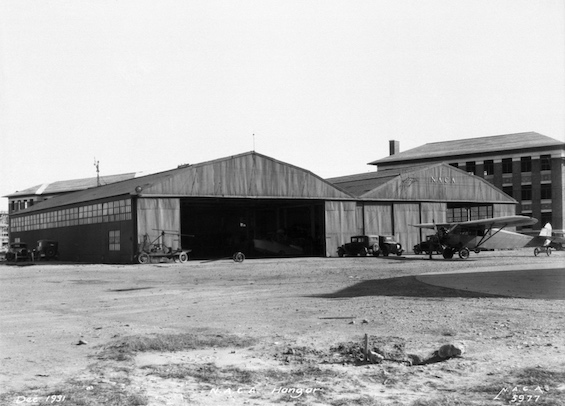
Three Black women in the space race played pivotal roles
Three women dominate the pages in Hidden Figures. They were among the pioneering African-American women who joined the war effort through their jobs as mathematicians at NACA in the closing years of World War II. The seemingly bottomless need for mathematicians had led the men who ran NACA to a dilemma: qualified men were all away at war or occupied in other essential pursuits, and they’d run out of white women who filled the bill. Thus, despite the oppressive strictures of Jim Crow, which prevailed in Virginia until well into the 1960s, managers at Langley turned to hiring women out of the many historically Black colleges and universities in the region.
For Dorothy Vaughn, Katherine Goble, and Mary Jackson, and for scores of other Black women with the necessary college degrees, their jobs at NACA constituted an opportunity to earn good pay in satisfying and prestigious jobs. All they had to do was to swallow their pride and bite their teeth through the degradation and humiliation of the racial segregation that prevailed even inside the government agency they’d joined.
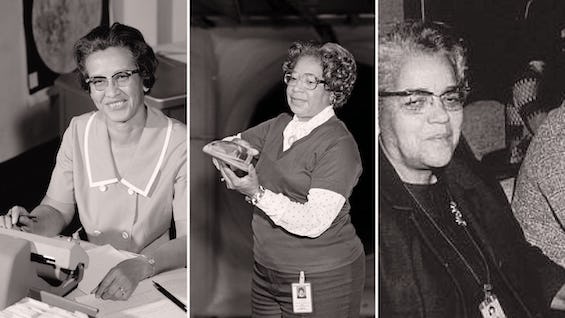
Dorothy Vaughn
Dorothy Vaughn (1910-2008) was among the first, small cadre of Black women mathematicians to sign on at NACA in 1943. In 1949, she became the director of the West Area Computers, the segregated facility at Langley where she managed a growing number of African-American women into the 1950s. When NACA began acquiring digital computers to speed up the work in which she and the other “computers” were engaged, she learned FORTRAN and became a programmer. Her position as a manager lasted until NASA was established in 1958. Then, the segregated facility was abolished. Vaughn retired from NASA after 28 years.
Throughout that time, Vaughn devoted great care to nurturing the careers of the younger women she supervised. She was instrumental in helping several achieve even greater heights in the agency. When questioned in an interview in 1994 about what she had experienced in her work as an African-American woman, she said, “I changed what I could, and what I couldn’t, I endured.” Vaughn raised six children during her hectic years at NACA and NASA.
Katherine Johnson
Katherine Johnson (1918-2020) was the most famous of all the African-American women who worked as mathematicians at NACA and NASA. She was a latecomer to the agency, beginning work in 1953, a decade after Dorothy Vaughn. For a time, she worked for Vaughn in the computer pool. As Wikipedia notes, “From 1958 until her retirement in 1986, Johnson worked as an aerospace technologist, moving during her career to the Spacecraft Controls Branch. She calculated the trajectory for the May 5, 1961 space flight of Alan Shepard, the first American in space. Johnson also calculated the launch window for his 1961 Mercury mission. She plotted backup navigation charts for astronauts in case of electronic failures.”
But her fame came later, “[w]hen NASA used electronic computers for the first time to calculate John Glenn‘s orbit around Earth. . . [O]fficials called on Johnson to verify the computer’s numbers; Glenn had asked for her specifically and had refused to fly unless Johnson verified the calculations.” Later still, she helped calculate the trajectory for the 1969 Apollo 11 flight to the Moon.
She and her husband, James Goble, had three daughters. Johnson raised them alone after he died, tragically young, in 1956. she was a primary source for Shettterly, still alert and with a remarkably retentive memory well into her 90s. She died in 2020 at the age of 101.
Mary Jackson
Mary Jackson (1921-2005) worked as a mathematician and aerospace engineer at NACA and later NASA for 34 years starting in 1951. Like Katherine Johnson, she began work at Langley as a computer in Dorothy Vaughn’s segregated West Area Computing pool. In 1958, she became the first Black female engineer at the agency and eventually gained the most senior engineering title available. Realizing that she could not rise any further as an engineer without becoming a supervisor, Jackson “accepted a demotion to become a manager of both the Federal Women’s Program in the NASA Office of Equal Opportunity Programs and of the Affirmative Action Program,” as Wikipedia notes. “In this role, she worked to influence the hiring and promotion of women in NASA’s science, engineering, and mathematics careers.” She and her husband, Levi Jackson Sr., had two children.
A study of race relations in the 1940s, 50s, and 60s
Two threads run throughout the warp and woof of Hidden Figures. Shetterly follows the often lurching progress of US efforts to conquer the air and, later, solar space, focusing on the period from 1943 through the 1980s. But overlying this tale of accomplishment is a more sober account of race relations throughout the same period. She details the evolution of official policy toward race from the virulent years of Jim Crow to the gradual and often bitterly resisted accommodation to integration.
That story begins with tentative, halting steps in the Roosevelt Administration opening up the Civil Service, followed after World War II when Harry Truman desegregated the armed forces. As she details the experiences of Dorothy Vaughn, Katherine Johnson, Mary Jackson, and their colleagues over the years, she notes the signposts of change along the way. Brown v Board of Education (1954). Rosa Parks‘ act of defiance in the Montgomery Bus Boycott (1955). The Greensboro and Nashville lunch counter sit-ins. Bull Connor’s fire hoses turned on protestors in Birmingham (1963). And, of course, the Civil Rights Act of 1964 and the Voting Rights Act of 1965. The Selma to Montgomery marches (1965). Ripples from each of these official actions made their way into the lives of the women profiled in Hidden Figures.
Still, as Shetterly makes clear, their struggles on an individual level were intensely personal. In the face of the ugly racism of Senator Harry Bird‘s Virginia, each of them individually faced daily humiliation they were only able to overcome through their own fierce determination to succeed—and to hold onto the jobs that enabled them to feed, clothe, and educate their children.
About the author
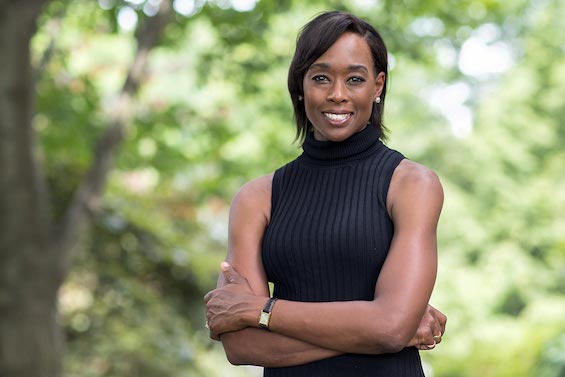
Wikipedia notes that Margot Lee Shetterly “was born in 1969 in Hampton, Virginia. Her father worked as a research scientist at Langley Research Center, and her mother was an English professor at the historically black Hampton University.” She reveals in the pages of Hidden Figures that she grew up knowing many of the women profiled in the book. Both the book and the feature film based on it were released in 2016. Shetterly has also written an illustrated children’s book based on the same research.
For more reading
You might also enjoy:
- 10 top nonfiction books about World War II
- Top 20 popular books for understanding American history
- Good books about racism reviewed on this site
- Good books about space travel, including both nonfiction and fiction
- Great biographies I’ve reviewed: my 10 favorites
And you can always find my most popular reviews, and the most recent ones, plus a guide to this whole site, on the Home Page.

